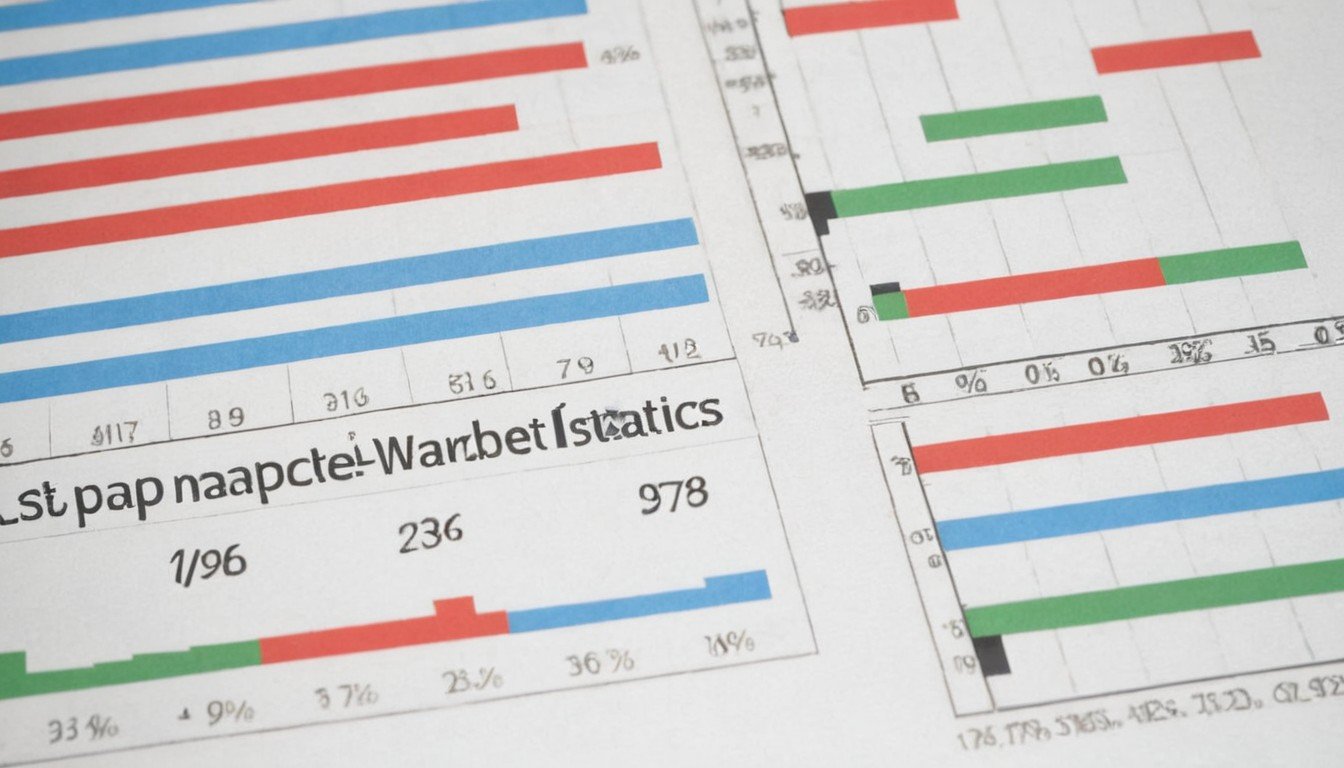Introduction: In the intricate world of finance, the issue of stock manipulation casts a shadow over market integrity, presenting risks to investors and trust within the system. This article aims to unravel the complexities of stock manipulation, exploring the strategies at play, the consequences faced by unsuspecting investors, and the regulatory measures in place to counter these deceptive practices.
Strategies Exposed:
- Demystifying Pump and Dump: Delve into the practice of artificially inflating stock prices through misleading information, followed by a calculated sell-off, leaving investors facing significant financial losses.
- Untangling Spoofing and Layering: Investigate the deceptive maneuvers of traders who, through the rapid placement and cancellation of large orders, create false impressions of market demand or supply, manipulating stock prices to their advantage.
- Beyond the Surface of Churning: Explore the world of churning, where brokers prioritize generating commissions over investor interests, resulting in inflated trading volumes and a distorted market narrative.
Consequences Unveiled:
- Counting the Toll: Illuminate the real-world consequences faced by investors who unwittingly fall victim to manipulation schemes, experiencing substantial financial losses as artificially inflated stock prices inevitably collapse.
- Ripples of Distortion: Examine the widespread effects of manipulative practices, as market distortions hinder genuine investors’ ability to make informed decisions based on accurate information, perpetuating a cycle of uncertainty.
- The Erosion of Trust: Investigate the intangible yet critical aspect of investor trust, highlighting how repeated instances of stock manipulation corrode confidence in financial markets, potentially jeopardizing the foundation of a robust economy.
Regulatory Vigilance:
- The SEC’s Oversight: Shed light on the Securities and Exchange Commission (SEC), the watchdog against stock manipulation, exploring its role in investigating and prosecuting offenders to maintain fair and efficient markets.
- Unmasking Market Surveillance: Peek behind the curtain of stock exchanges’ advanced surveillance systems, designed to detect irregular trading patterns and swiftly investigate potential manipulation cases, ensuring market transparency.
- Legislation as a Sentinel: Examine the evolving landscape of legislation, its role in adapting to emerging forms of manipulation, and ongoing efforts to stay ahead of market evolution, providing a safeguard against deceptive practices.
In the ever-evolving landscape of finance, the battle against stock manipulation requires continuous vigilance and an unwavering commitment to transparency. As we delve deeper into the intricate dance of market forces, it becomes evident that the responsibility to safeguard investors and maintain trust lies not only with regulatory bodies but also with market participants, institutions, and the broader financial community.
Exploring the Strategies: 4. Insider Trading Dynamics: Shine a light on the clandestine world of insider trading, where individuals with non-public information use it to gain an unfair advantage in the market. The detrimental impact on market fairness and investor confidence cannot be overstated.
- Algorithmic Manipulation: Examine the role of sophisticated algorithms in manipulating stocks, as automated trading strategies exploit market vulnerabilities and execute high-frequency trades to distort prices for short-term gains.
Confronting the Consequences: 4. Legal Ramifications: Delve into the legal repercussions faced by perpetrators of stock manipulation, emphasizing the importance of swift and decisive action by regulatory authorities to deter future wrongdoing.
- Rebuilding Investor Confidence: Explore initiatives and best practices aimed at rebuilding investor confidence after instances of manipulation, including transparent reporting, investor education, and ethical business conduct.
Regulatory Evolution: 4. International Collaboration: Highlight the significance of global cooperation among regulatory bodies to address cross-border manipulation effectively. The interconnected nature of financial markets necessitates collaborative efforts to combat manipulation on a broader scale.
- Technological Advancements in Surveillance: Discuss the integration of cutting-edge technologies, such as artificial intelligence and machine learning, into market surveillance systems. These advancements empower regulators to stay ahead of evolving manipulation techniques and swiftly detect suspicious activities.
Looking Ahead: In the pursuit of a fair and transparent financial ecosystem, stakeholders must remain proactive in adapting to emerging challenges. The collective commitment to ethics, accountability, and technological innovation will play a pivotal role in fortifying the resilience of financial markets against the ever-present threat of stock manipulation.
As we navigate the complexities of this dynamic landscape, the continuous refinement of regulatory frameworks, investor education, and technological infrastructure will be paramount. Only through a united front against manipulation can we foster an environment where investors can confidently participate in markets, knowing that their interests are protected, and the financial system operates with integrity.
